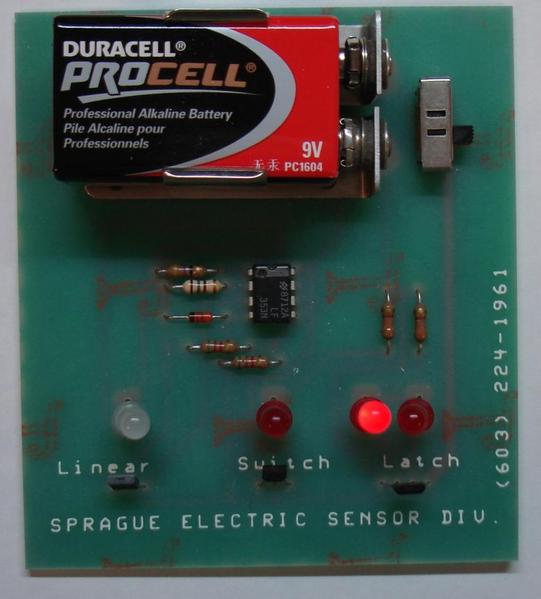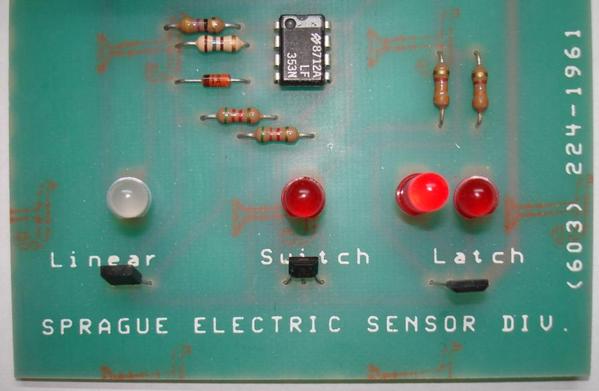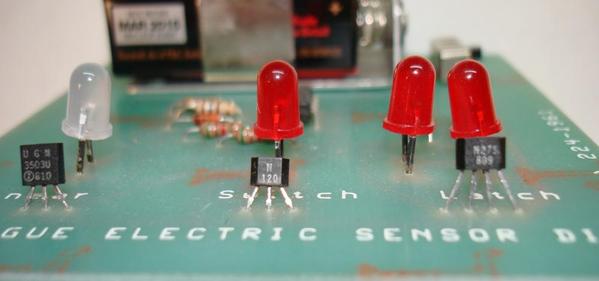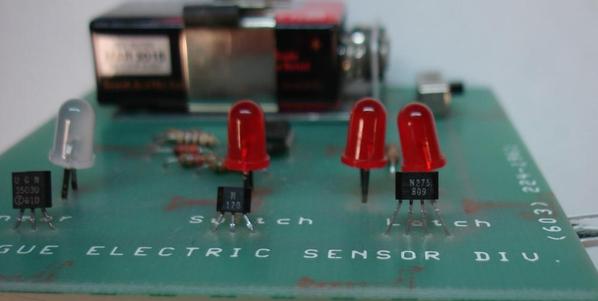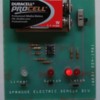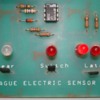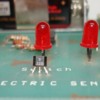Originally Posted by stan2004:
Originally Posted by rrman:
Allegro makes a device but it is in a surface mount package, but it does latch and remains on with one polarity and unlatches and remains off with other polarity.
These are NOT rare devices! Both Mouser and DK have several parts in TO-92-like pkg with OC output and under $1. Perhaps we can focus on the ATS177 device above and sort out why this doesn’t work for you?
So you approach the device with a “+” polarity magnet. When you reach +100 Gauss at the sensor, it turns on. It stays on even as you back the magnet away. It stays on with no magnet present (or, as Dale M astutely points out, the hysteresis straddles zero). It only turns off if you apply –100 Gauss. It stays off even as you back the magnet away. It stays off with no magnet present. Replace “+ / –“ with “North / South” pole of a magnet if that makes more sense.
Or if you can share your application, we can talk in those terms. For example, a few years back there was a guy who wanted to turn on passenger car lights as they left the yard. A fixed track-side magnet tripped a latching circuit in each car so the lights came on car by car as they leave the yard. The lights stayed on during mainline operation (that is, no magnet present). When the cars returned to the yard, the lights turned off car by car as they passed a different track-side magnet. IIRC maybe a buck in parts per car.
Whats old is new again. There was an article in an old, old Model Railroader magazine where it discussed latching Hall effect sensors. A neat application was to have two senors set up with one before and after a RR crossing, wired in parallel. A loco with a magnet would trip the first sensor turn on the flashers. It would also trip the sensor after the flashers. The caboose had an opposite polarity magnet that would turn off the first but the second kept everything going. When the caboose went over the second sensor, the flashers went off.
So I wanted to do the same to avoid the hassel of sawing track sections into insulated track and wiring. Thus I started looking at Mouser and Digikey Hall effect sensors but the data sheets aren't real clear anf seems these sensors are geard toward speed sensors and brushless fan motors and not the N/S latch/unlatch function. Plus I have probably forgotten my engineering Intro to Magnetism 101 course stuff by now.




